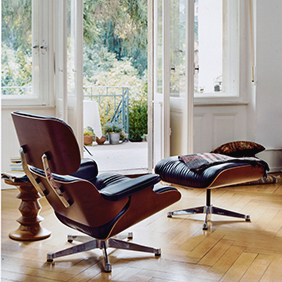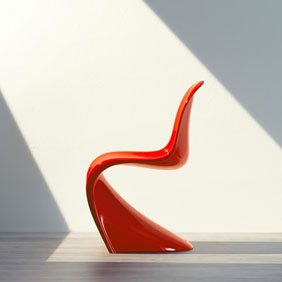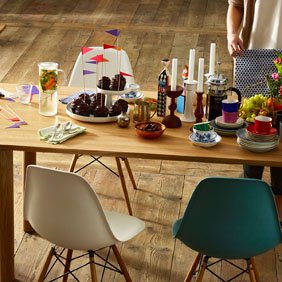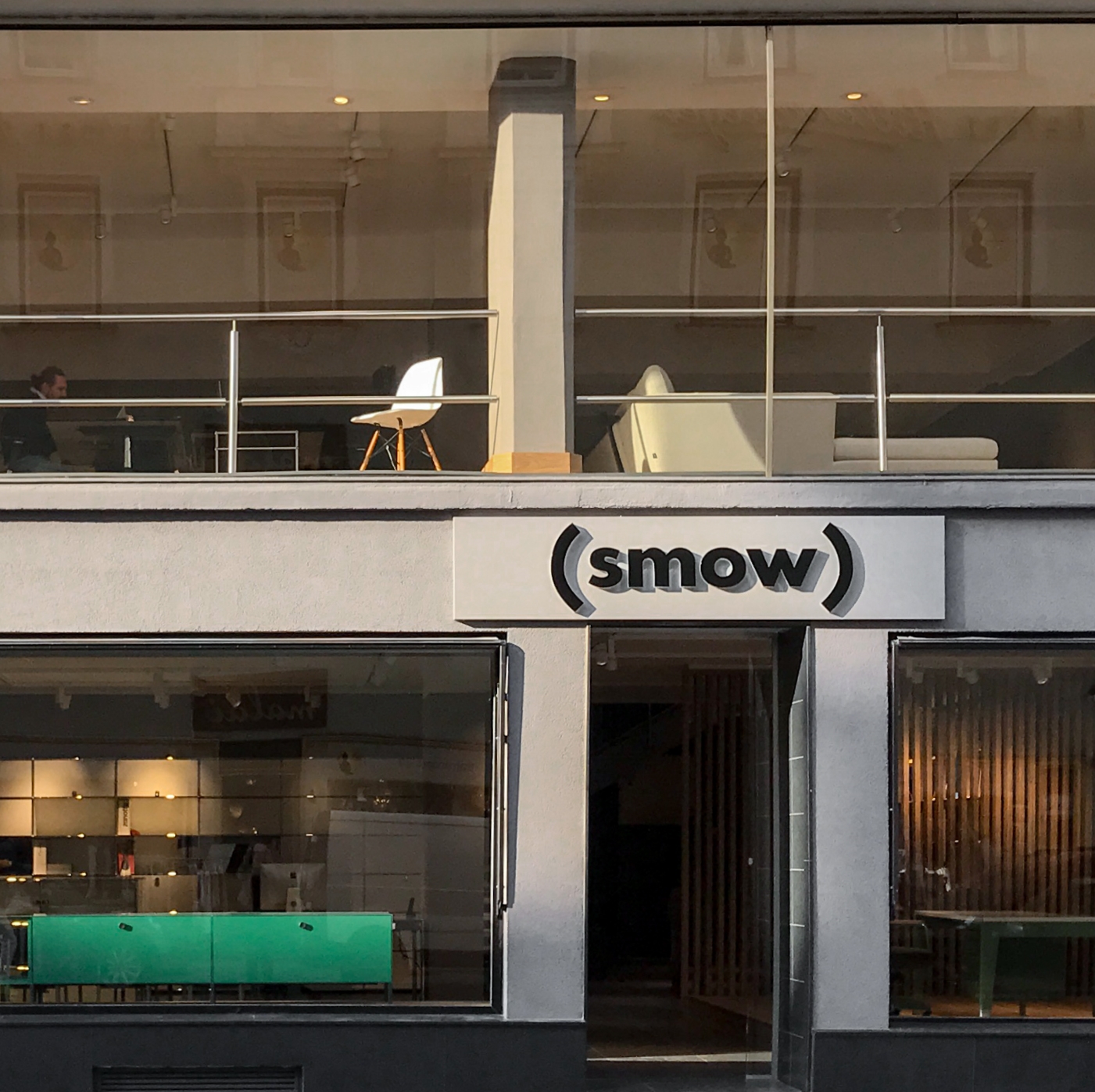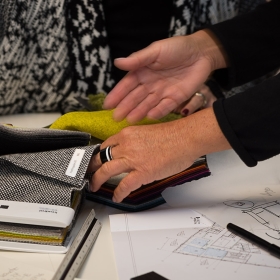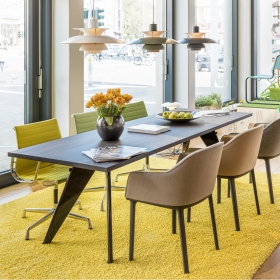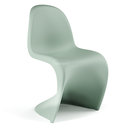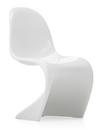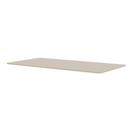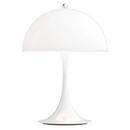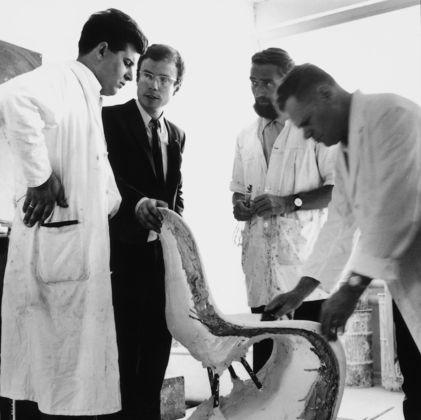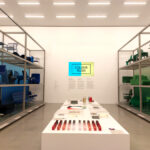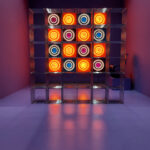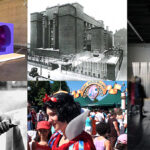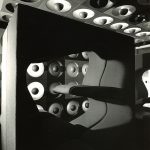Colour Rush! An Installation by Sabine Marcelis at the Vitra Design Museum Schaudepot, Weil am Rhein
...And a rainbow extended and supported by leprechauns brief discussions on the colour approaches and understandings and practice of Albert Henry Munsell, Le Corbusier, Alexander Girard, Verner Panton, Hella Jongerius and Sabine Marcelis, and thus protagonists of various hues, pun intended, from across a century and a half of developing relationships with colours; and brief discussions which allow one to go beyond colours and into the classification of colours and the manners via which we seek to standardise and organise colour... Verner Panton once famously claimed that one sits more comfortably on a colour you like...


